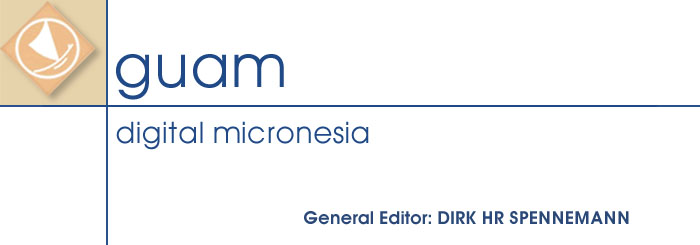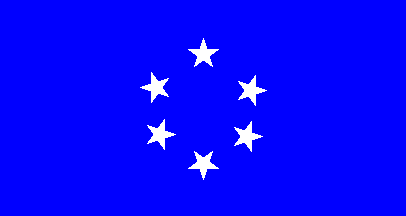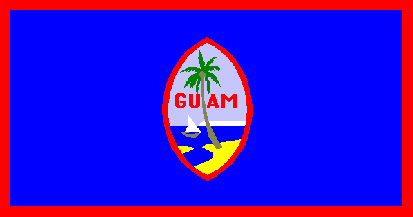
 |
|||||
|
|||||
| |
Spanish
Period
Following the visits by Spanish vessels
in the 1500s, contact with European ships became frequent in the late
18th and early 19th century. |
|||
General
SourcesEventsPlaces | ||||
| |
US
Period (1898–1941)
Acquired Guam as part of the Sapnish-American
War. |
|||
GeneralSourcesEvents
PlacesContext | ||||
| |
Japanese
Period (1941–1945)
Japan annexed Guam in the early days of
World War II. |
|||
| ||||
| |
U.S. Period
While and Guam Wake Island had been under
US control since the Spanish-American War of 1898, the rest of Microneisa
came under US influence as a result of the Pacific War. Commencing in
1944 several islands were captured, with remainder coming under US control
with the surrender of the Japanese forces in September 1945. |
|||
MILITARY DEVELOPMENT AND WWII
| ||||
 |
Trust Territory Period (1947–1946)
As a result of the post World War II rearrangement
of the former Mandates of the League of Nations, Micronesia became a Trust
Territory administered by the USA on behalf of the United Nations. |
|||
|
| ||||
 |
Post-Independence (1989—)
Following a plebiscite the population of the Marshall
Islands preferred autonomy from the USA. In 1989 the Compact of Free Associaton
was signed which gave the Marshalls independence, while ensuring US government
funding of many of its programs. |
|||
| |
||||
|
Digital Micronesia-An
Electronic
Library & Archive
is provided free of charge
as an advertising-free
information service
for the world community. It is being maintained by Dirk
HR Spennemann, Associate
Professor in Cultural
Heritage Management, Institute of Land, Water and Society and School
of Environmental & Information Sciences, Charles
Sturt University,
Albury, Australia. The server
space and technical support are provided by Charles
Sturt University as part of its commitment
to regional engagement. Environmental
SciencesInformation
Sciences
|
|||||